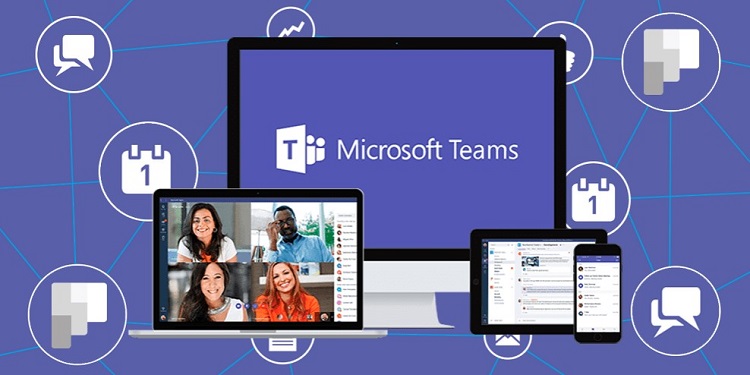
Moving to Microsoft Teams Call Plans: What To Expect
Microsoft Teams Calling primarily lets users make and receive calls. While Microsoft Teams is mainly an internal communication and messaging tool, it has developed Teams into a business phone system.
Adding voice and PBX abilities to teams let users not only make and receive calls but also conduct meetings, chat, and more. It’s truly a unified communications solution.
If you’re planning to get international Microsoft Teams call plans, you must first delve into how it works.
What is Microsoft Teams Calling?
In the past, employees can easily call each other from Microsoft Teams even without a phone number. But now, since it’s combined with a cloud-based phone system, users can make work calls from wherever using their own number.
Teams support the ability to make VoIP calls from user to user. You have two options for receiving and transferring calls: to and from landlines or mobile phones on PSTN. To make phone calls and take advantage of its functionalities, you need to first have a phone number, phone system license, and PSTN connectivity. To get there, you can either choose a Microsoft Calling Plan or benefit from Direct Routing.
Microsoft Calling Plans
This calling plan is an add-on service, and if you combine it with a phone system, it becomes a voice solution for your business. A Microsoft Calling plan is a per-user license that lets your employees make and receive phone calls. It also includes a primary phone number, PSTN services, and minute bundles.
Since Microsoft maintains it in the cloud, their calling plan turns Teams into a light-touch hosted PBX. It’s something different from Direct Routing (which allows third-party carrier) as all service is provided directly from Microsoft through Office 365.
The domestic and international calling plans option can be expensive and only available in selected countries, which is why other organizations turn to Direct Routing.
Direct Routing
This is the process of routing Teams to PSTN using SIP Trunks and Session Border Controller (SBC). Direct Routing lets you bring your choice of telephone service to Teams and connect it to a range of telephony providers. This enables you to take advantage of cheaper call rates while providing a more flexible service. It’s a great option for many businesses as you can choose your own telephony provider while keeping a verified integration with the Teams platform.
Making calls to other Team users is free. However, if you want your employees to be able to call outside your business, you need to get a domestic or international calling plan in Office 365.
Setting Up a Calling Plan
1. Check if a suitable calling plan is available in your area
Go to country and region availability for audio conferencing and calling plans to see what cloud voice features are available to you. If calling plans isn’t available for you, consider using Direct Routing as an alternative to connect on-premises telephony infrastructure to your Phone System.
2. Secure and assign licenses
If the Phone System feature isn’t part of your Office 365 plan, you may need to buy Phone System add-on licenses. After you have your licenses, purchase a domestic and international calling plan for Microsoft 365 or Office 365.
3. Get new user phone numbers
There are three different ways for you to get new user numbers:
- Teams Admin Center – For some countries or regions, you can get numbers for users through the Teams Admin center. Refer to Getting phone numbers for your users.
- Port Existing Numbers – Transfer or port existing numbers from your current service provider to Microsoft 365, refer to manage phone numbers for your organization, or transfer phone numbers to Teams.
- Request for New Numbers- If you can’t get new phone numbers using the Teams admin center, you’ll need to ask for new specific phone numbers or area codes.
4. Add emergency addresses and locations for your organization and user
Every emergency address should be associated with a phone number. For instance, in the US, you have to associate an emergency address when you assign the phone number to an employee. For more information, refer to manage emergency calling and add, change, or remove an emergency location.
Don’t forget that when setting up calling plans in Office 365, you also have to assign a phone number and emergency address to every user.
4. Let users know about their phone numbers
Send it thru email or use your business’s communication method to tell your employees about their phone numbers. In Microsoft Teams, each user can see their phone number by clicking Calls. They can see the phone number above the dial pad.
Collaborate with Microsoft Tams
Once you’ve decided to use Teams Telephony in your company, make sure to allocate time for preparation. Every user must be ready for the change to Teams Telephony and understand how to use it. We recommend that you spend time educating employees on the benefits and process of using Teams Telephony at least a month before deployment.
Now that you know what to expect when making a shift to Microsoft Teams Calling, we hope your organization can collaborate easier and bring your business to new heights. For employees who are not adept with new technology, this might be a big change. But with the right education, they’ll soon see how Microsoft Teams can make their work easier.





